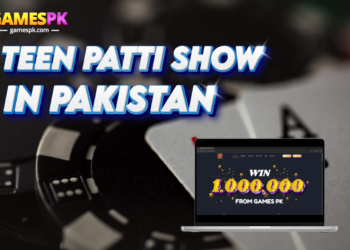
Many Koreans are fascinated by webcomics, and they can find a wide range of different webtoons on the Internet. The Korean webcomic community is thriving, with thousands of Webtoons XYZ available for download. Their work has been featured in publications and on television, and many of them have won awards. Many of the webtoons are written by Koreans, with some of them being bilingual and featuring a diverse range of characters.
Imagination and technology are revolutionizing an art form
The world of webcomics has been experiencing a rapid evolution, thanks to the rise of digital platforms. The first webtoons grew in South Korea, but now they’re distributed worldwide, with new formats allowing mobile users to read comics on the go. These webtoons have large panels and a long scrolling format, with the added bonus of limited animation. The popularity of webtoons has increased so quickly, that in 2014, LINE Webtoon launched an international mobile app. There are now more than fifteen million webtoon readers worldwide.
While the webtoon format allows for the blending of old and new media, its popularity has made it easy for webcomics to expand their scope beyond the traditional boundaries of print comics. Webtoons have become popular in the United States, Japan, and Asia and have a large following, making them an excellent medium for promoting Korean culture. This article is a useful teaching resource for courses on new media and Asian popular culture. It compares the visual language of webtoons with those of print comics, and highlights differences in the production and distribution of webtoons.
Thousands of webtoons
With the rise of technology, thousands of Korean webtoons have made the internet more accessible than ever. With a click of a button, you can view a new webtoon in your browser. In Korea, as in many developing countries, the “snack culture” has become the norm. Most of us don’t have time to sit down with a book or watch a movie anymore, so webtoons have stepped in to fill this void.
With no upfront cost, webtoon creators have seen their popularity soar. A recent survey found that 70 percent of popular webtoons are about love, romance, and other romantic fantasies. This has made the webtoon format an invaluable goldmine for thousands of visual stories. As a result, the Korean webtoon market has grown exponentially. Many webtoons have even been adapted into movies and television dramas.
Transmediality
While compared to other Asian comics, Korean webcomics have been noticeably understudied. This article addresses this issue by comparing the narrative forms of webtoon and print comics in Korea, the U.S., and Japan. It also explores the use of transmedia storytelling in webcomics. Using the example of webtoon, this article shows how webcomics and print comics can have transmedial effects.
One webtoon in particular, the Misaeng Series, shows how a precarious intern at a trading firm is viewed by the audience. This webtoon is satirical and makes a satirical commentary on contemporary society. It also serves as an interesting mini-course in traditional Korean mythology. While this webtoon is not necessarily representative of Korean society as a whole, it does capture the essence of contemporary Korean culture.
Korean webtoons have opened new pathways for transmedia storytelling. These webtoons have continued to serve as a new resource for various cultural forms such as film, television, and stage performance. These forms of transmedia storytelling are not only popular in Korea, but are becoming increasingly popular worldwide. This study will help us understand why this new format has become such a dominant part of Korean culture. In addition, it will help us understand why webcomics have become such a powerful part of Korean culture.
Human-centric focus
The human-centric focus of Manhwa XYZ can be found in a variety of different series. For instance, in The Magician, artist/author Ha Il-Kwon uses a psychological slice-of-life drama to explore the complexities of relationships. The story centers around three characters: Yoon Ah-ee, a low-income high school student, Na Il-Deung, a classmate from a wealthy family, and Lee Eul, an amateur magician. The characters’ interactions with each other and chance encounters with other characters are at the heart of this webtoon.
The Korean webtoon is the most popular digital serial production in the country. It has thrived by harnessing the potential of the digital platform, including transmedia production and advertisement. It is thus inseparable from its platform ecology. The human-centric focus of webcomics reflects the Korean identity. The Korean webtoon creators are responding to the changing media landscape by redirecting their capital flows and preserving the Korean identity of their work.











Discussion about this post